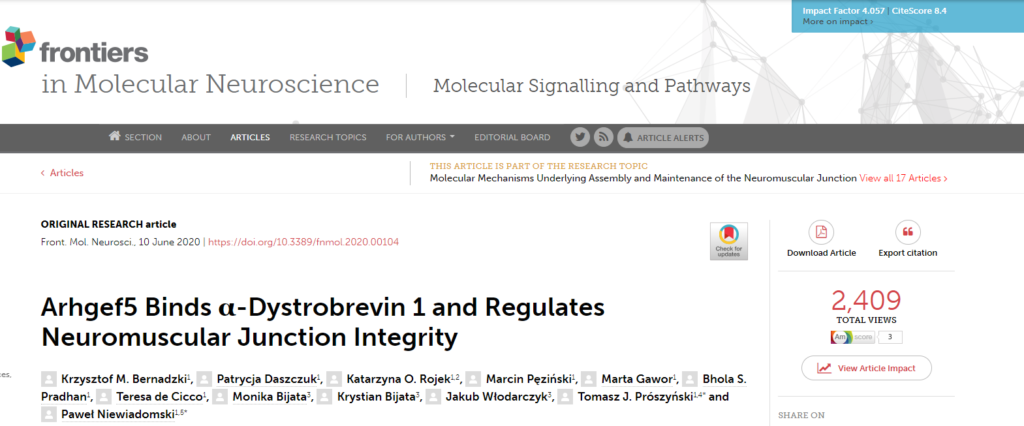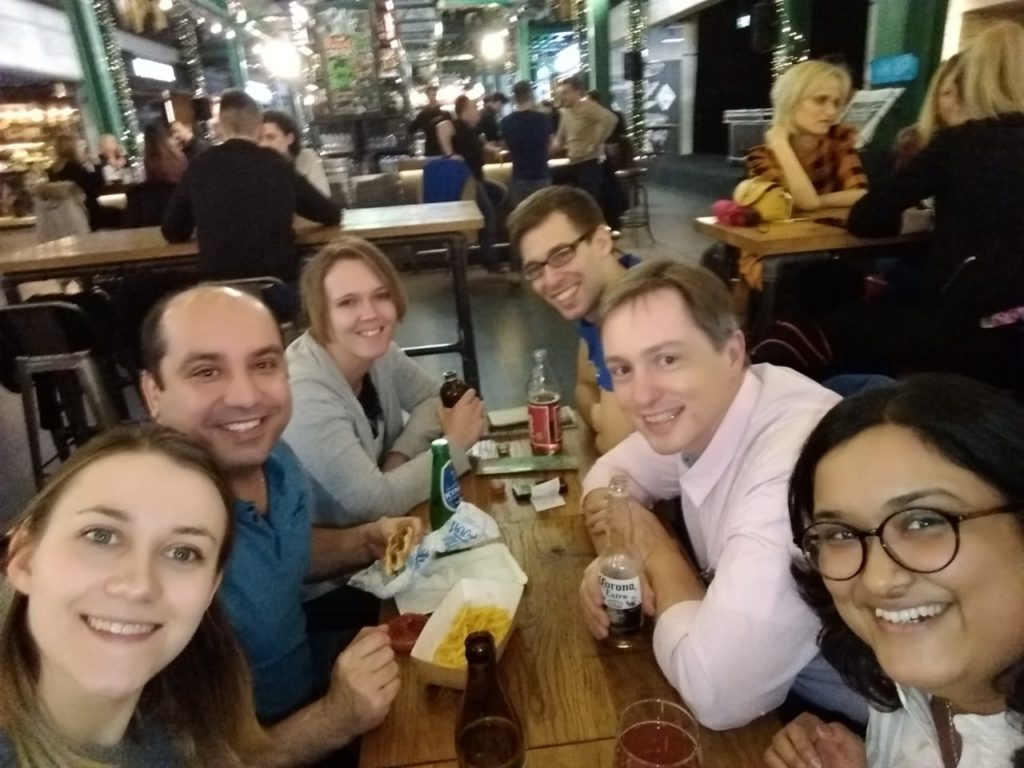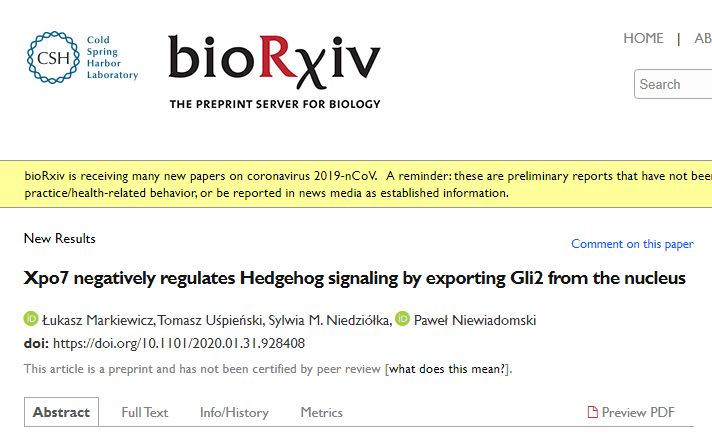Huge congrats to Marcin Pęziński and other members of the Synaptogenesis and Molecular Motility labs at the Nencki Institute on their latest paper on the role of Tks5 in neuromuscular junction formation. It was a huge privilege to have collaborated with them on this exciting story!







